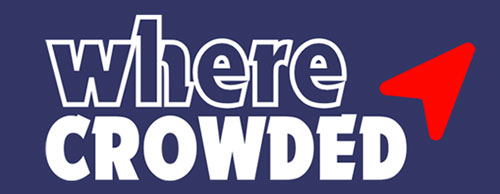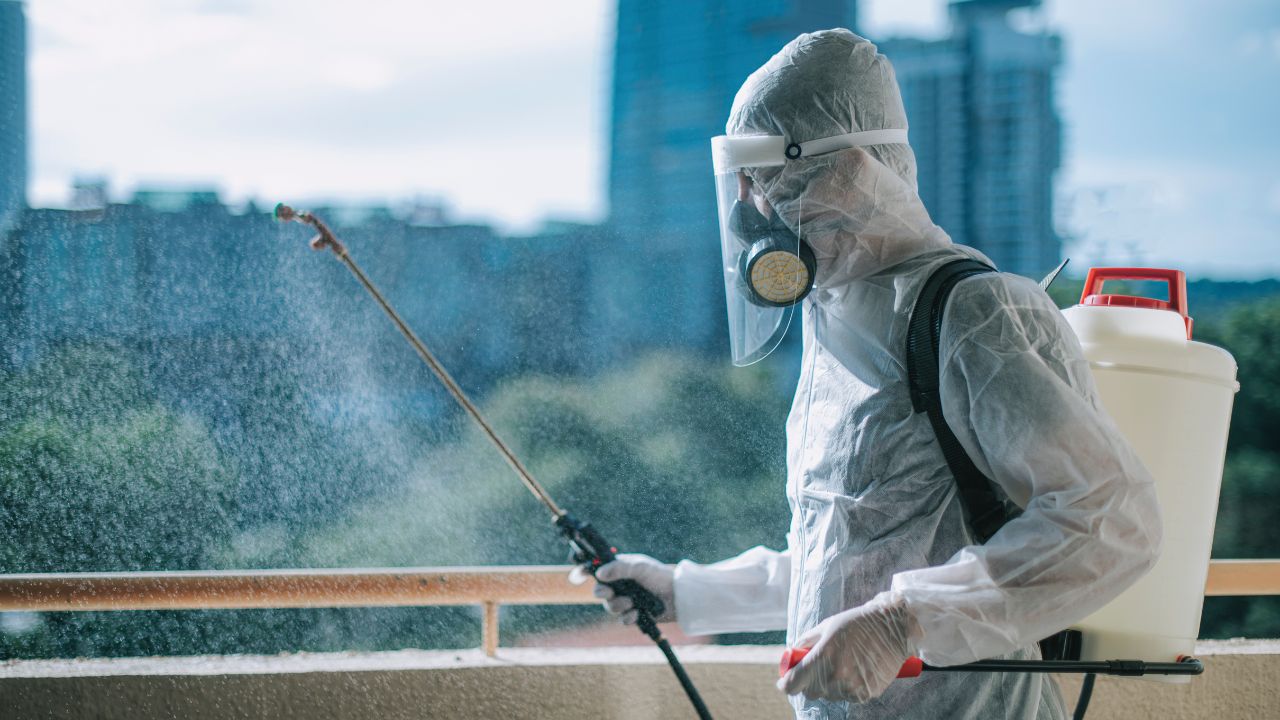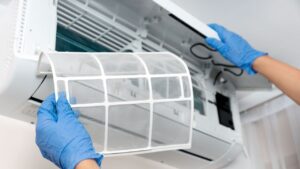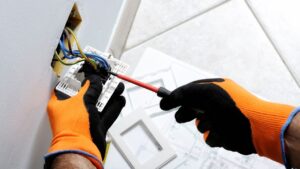In Singapore’s warm and humid climate, pests such as ants, cockroaches, termites, mosquitoes, and bed bugs are not just occasional nuisances but common, uninvited cohabitants. If you are considering engaging a pest control company to get rid of these unwanted guests, read this guide first.
1) Key Factors That Influence Price
The cost of professional pest control is not a simple, fixed menu item. Instead, the final quote is a tailored calculation based on several key variables that determine the scope, complexity, and resources required for the job. Understanding these factors is the first step for any homeowner looking to manage a pest problem effectively.
Property Size and Type
The most straightforward factor influencing cost is the size of the property. A larger area naturally requires more product, time, and labour to treat thoroughly. Pest control companies in Singapore typically structure their pricing based on common residential property types, including HDB flats (e.g., 3-room, 4-room, 5-room, and Executive or Jumbo flats), condominiums, and various landed properties like terrace houses, semi-detached homes, and bungalows.
However, the price difference between these property types is not solely about square footage. The complexity of the property is a significant consideration. A landed property, for instance, presents numerous potential pest entry points and habitats that are absent in a high-rise apartment. Gardens can be a source of ants and termites, direct ground contact provides access for rodents, and additional structures like roofs and drains require more extensive inspection and treatment.
Similarly, condominiums may have unique structural features, shared utility shafts, or specific management corporation (MCST) rules that can affect the treatment process. This inherent complexity contributes to the tiered pricing structures commonly seen in the industry.
Type of Pest
The specific pest being targeted is a major cost driver. Eradicating a termite colony, for example, is a fundamentally different and more expensive operation than managing a common ant or cockroach issue. Different pests require distinct treatment methodologies, specialized products, and varying levels of technician expertise, all of which are reflected in the price.
Severity of Infestation
The extent of the pest problem is another critical factor. A small, localized issue, such as a single ant trail, is relatively simple and cheaper to resolve. In contrast, a large, well-established, or widespread infestation requires a more intensive and aggressive treatment strategy, often involving multiple visits and a greater volume of resources. This naturally results in a higher overall cost.
Treatment Method
The pest control industry employs a range of treatment methods, and the chosen approach can significantly impact the price. Common methods include chemical sprays, baiting systems, gel applications, and physical traps. More advanced or specialized techniques, such as heat treatment for bed bugs or large-scale fumigation, require specific equipment and expertise, making them more expensive. Furthermore, the use of eco-friendly, non-toxic, or child- and pet-safe products may also carry a premium compared to traditional chemical treatments.
Frequency of Service
Finally, homeowners must decide between a one-off (ad-hoc) service and a long-term contract. A one-off service addresses a single, immediate problem. An annual contract, however, involves regularly scheduled visits (e.g., monthly, bi-monthly, or quarterly) designed for ongoing prevention and control.
It is crucial for consumers to look closely at the terms of service contracts. A common pitfall is the advertised “low monthly price” that is, in fact, for a quarterly service. For example, a plan marketed at $50 per month might involve a technician visit only once every three months, with a bill of $150 per visit. While the annual cost is the same ($600), the service frequency is much lower than what a monthly price might imply. For pests with rapid breeding cycles, such as cockroaches, this reduced frequency may be insufficient to break the cycle, rendering the service less effective.
Therefore, a critical question to ask is not just about the billing cycle, but about the actual visit frequency, as this is a key determinant of the service’s value.
2) Singapore Pest Control Price Guide: Detailed Breakdown
The following tables provide estimated price ranges for various pest control services in Singapore. These figures are synthesized from market data and should be used as a guide. Prices can vary between different companies, including established providers. It is always recommended to obtain a direct and detailed quote from a service provider for an accurate cost assessment.
General Price Overview
For a quick reference, the table below outlines the general cost expectations for tackling different common pests in Singapore. This allows for initial budget planning and helps manage price expectations before delving into more specific details.
| Pest Type | Service Description | Estimated Cost (SGD) |
| Ants / Cockroaches | One-Off Treatment | $80 – $180 |
| Mosquitoes | One-Off Fogging / Larviciding | $70 – $150 |
| Rodents | 4-Week Eradication Program | $450 – $500 |
| Bed Bugs | Package (incl. 2 treatments) | $400 – $1,500 |
| Termites | Initial Inspection | $60 – $200 |
| Termites | Spot Treatment (per location) | $180 – $350 |
| Termites | Corrective / Barrier Treatment | $500 – $2,000+ |
| Termites | Baiting System | $800 – $2,500+ |
Ants & Cockroaches
Ants and cockroaches are among the most frequent pest complaints in Singaporean households. Treatment is generally straightforward, involving the application of gels, baits, or residual sprays to eliminate the pests and create a protective barrier. Below are the estimated costs for both one-off services and annual contracts, broken down by property type.
| Property Type | One-Off Price (SGD) | Annual Contract (Bi-Monthly) |
| HDB (3-5 Room) | $80 – $140 | $240 – $520 |
| Condominium | $80 – $150 | $330 – $560 |
| Landed (Terrace) | $80 – $170 | $420 – $560 |
| Landed (Semi-D/Bungalow) | $120 – $250 | $540 – $860 |
Bed Bugs
Bed bug treatments are significantly more expensive due to their complexity. Eradication is not a simple spray-and-go job; it is a meticulous project that requires thorough inspection of all potential hiding spots and multiple treatments to eliminate both adult bugs and their highly resilient eggs.
The two primary methods are chemical sprays and heat/steam treatments. Steam is particularly effective as it can kill eggs on contact and is a chemical-free option, making it safer for mattresses and furniture.
Most professional services price their bed bug solutions as a package that includes at least two separate visits to ensure the entire life cycle is targeted. Read our ultimate guide to getting rid of bed bugs!
| Property Type | Price Range (2-Visit Package) (SGD) |
| HDB 3-Room | $350 – $450 |
| HDB 4-Room | $400 – $500 |
| HDB 5-Room / Executive | $450 – $600 |
| Condominium (<1400 sqft) | $500 – $600 |
| Landed Property | $700 – $1,500+ |
Rodents
Rodent control is a programmatic process rather than a single treatment. It typically involves an initial inspection to identify entry points and activity, followed by the strategic placement of bait stations or traps. The service includes follow-up visits over several weeks to monitor activity, replenish baits, and safely dispose of any carcasses. This multi-visit approach is why services are usually priced as a 4-week package.
| Property Type | Price Range (4-Week Program) (SGD) |
| HDB / Condominium / Terrace | $450 |
| Semi-D / Bungalow | $450 – $500+ |
Termites
Termites represent one of the most critical pest threats due to their ability to cause extensive and costly structural damage, often undetected. The approach to termite control varies greatly depending on the situation, leading to a wide range of costs.
- Termite Inspection: This is the crucial first step to identify the species, locate the colony, and assess the extent of the damage.
- Spot Treatment: This is a localized solution for minor infestations, such as termites found in a single door frame or cabinet.
- Corrective Treatment (Chemical Barrier): This is a long-term preventive measure that involves creating a chemical barrier in the soil around the property’s foundation to block termites from entering.
- Baiting System: This method involves installing bait stations in the ground around the property. Termites feed on the bait and carry the poison back to the colony, eventually eliminating it. This approach is less invasive but may take longer to achieve full eradication.
| Service | Cost Range (SGD) |
| Initial Inspection | $60 – $200 |
| Spot Treatment (per location) | $180 – $350 |
| Corrective Treatment (Chemical Barrier) | $500 – $2,000+ |
| Baiting System (Installation & Monitoring) | $800 – $2,500+ |
Given the significant investment and potential for re-infestation, the warranty for termite treatments is a critical factor. Professional companies typically offer warranties ranging from one to ten years, depending on the treatment method and service package.
This warranty often includes free re-treatment if termites return within the covered period and serves as a key indicator of the company’s confidence in its solution.
Mosquitoes
For residential properties, particularly landed homes with gardens or condominiums with extensive landscaping, mosquito control is a vital health and safety measure. The primary professional methods are fogging, which creates a dense mist to kill adult mosquitoes, and larviciding, which involves treating sources of stagnant water to eliminate larvae before they mature.
| Service | Cost Range (SGD) |
| One-off Fogging / Larviciding | $70 – $150 per session |
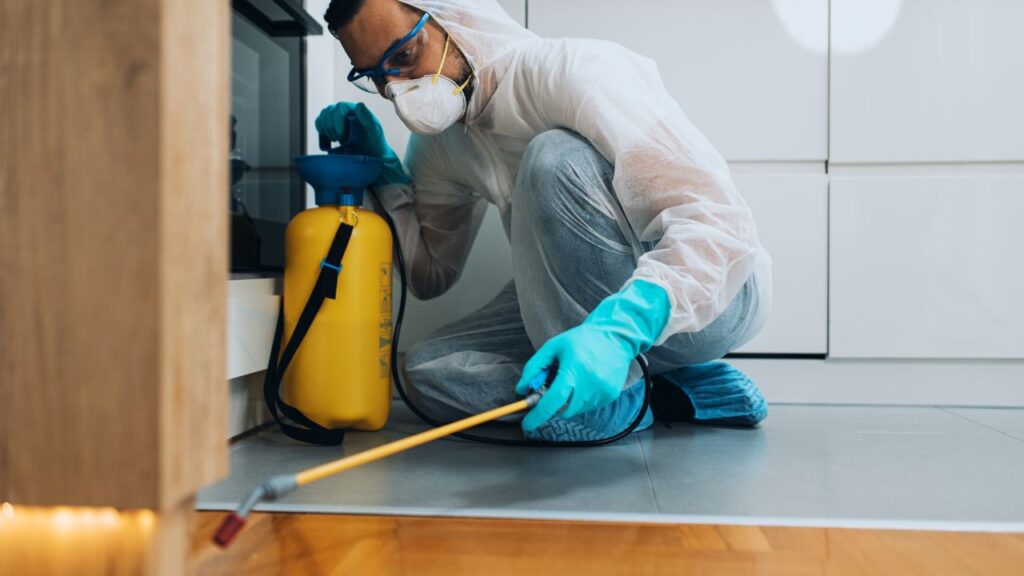
3) One-Off Service vs. Annual Contract: Which Should You Choose?
Deciding between a one-time fix and an ongoing service contract depends on the nature of the pest problem and the homeowner’s long-term goals.
A one-off (ad-hoc) service is generally suitable for:
- Small, isolated infestations that are not expected to recur, such as a single ant trail from a temporary food source.
- Situations where the budget is tight and the pest issue is not a high-priority threat.
- Homeowners who wish to try out a company’s service quality before committing to a long-term contract.
An annual contract is the recommended choice for:
- Persistent or recurring pest problems, where a single treatment is unlikely to solve the root cause.
- High-risk properties, such as landed homes with gardens or ground-floor units, which have more exposure to pests.
- Pests that require continuous monitoring and prevention, most notably termites.
- Homeowners who prioritize peace of mind and preventive care to avoid future infestations.
The true value of a service contract lies in its proactive, preventive nature. For instance, a homeowner might pay $140 to eliminate a visible cockroach problem. However, without follow-up, a new batch of eggs can hatch a few months later, requiring another $140 service.
An annual contract, perhaps costing $520, would include regular bi-monthly visits. During these visits, technicians would use a combination of residual sprays and baits to not only kill existing pests but also to break their breeding cycle and maintain a continuous protective barrier, preventing future outbreaks and ultimately proving more cost-effective and successful in the long run.
4) Conclusion
While cost is an important consideration, the emphasis should be on value and reliability. Simply choosing the cheapest option can often lead to ineffective treatments, recurring problems, and greater expenses in the long term. The priority should be to engage a licensed, reputable, and transparent provider that uses safe and effective methods.
